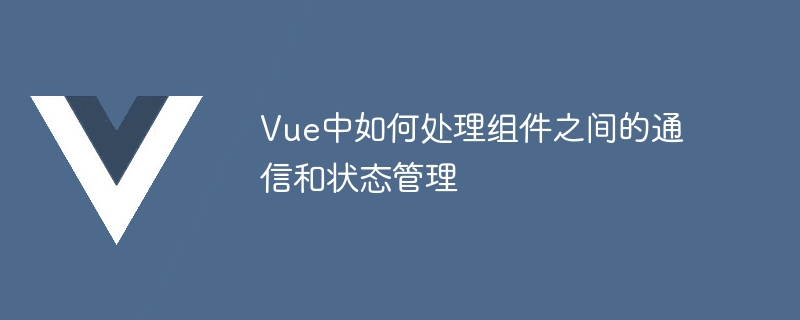

How communication and state management between components are handled in Vue
Introduction:
Vue is a popular JavaScript framework for building user interfaces. In large applications, communication and state management between components are very important. This article will discuss best practices for handling these issues in Vue and provide specific code examples.
1. Communication method between components:
Parent component code:
Child component code (ChildComponent.vue):
{{ message }}
< ;script>
export default {
props: ['message']
}
Parent component code:
subcomponent Code (ChildComponent.vue):
>
sendData() { const data = 'Hello from child!'; this.$emit('childData', data); }
}
}
2. State management methods:
In large applications, it is often necessary to share and manage state between multiple components. Vue provides a state management library called Vuex for managing the state of your application more efficiently. The following is an example of using Vuex:
import Vuex from 'vuex';
import Vue from 'vue';
Vue.use(Vuex);
export default new Vuex.Store({
state: {
count: 0
},
mutations: {
increment(state) { state.count++; }, decrement(state) { state.count--; }
}
});
{{ count }}




